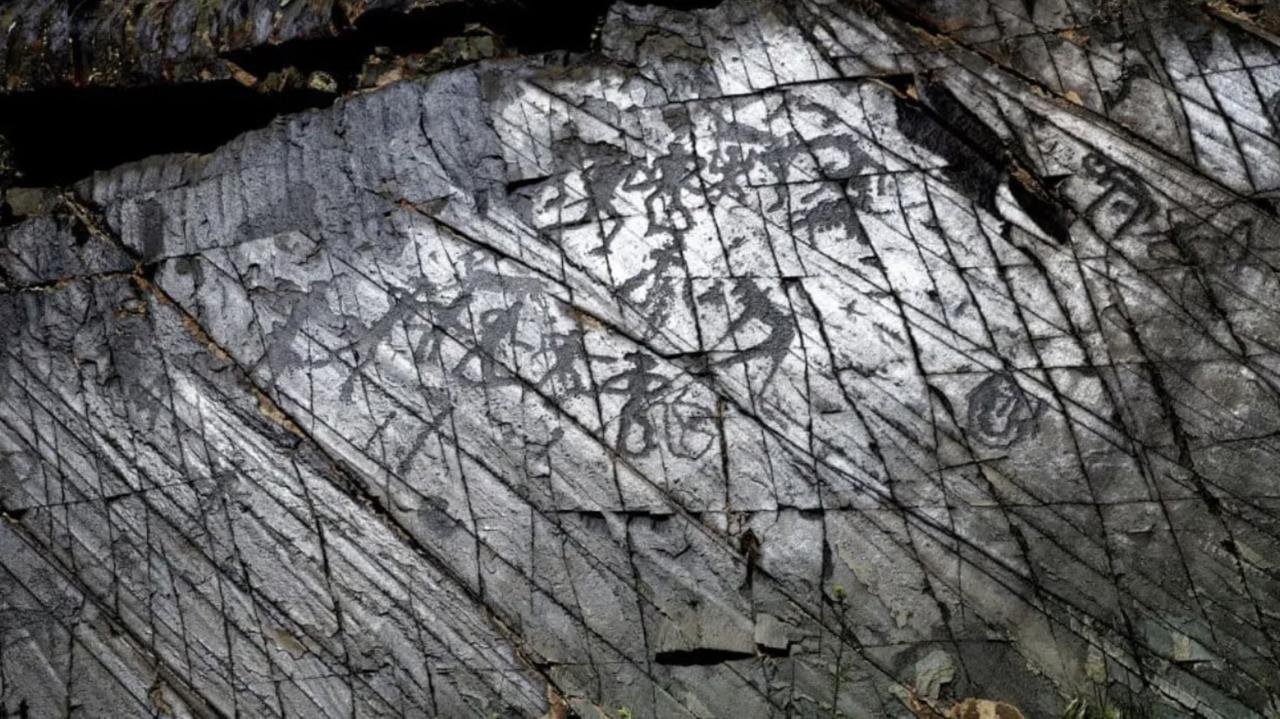Volunteers participating in Kazakhstan’s nationwide Taza (Clean) Kazakhstan environmental campaign have uncovered petroglyphs dating back to the Bronze Age in the Zhambyl region.
 Newly discovered petroglyphs dating back to the Bronze Age. Credit: Department of Internal Policy of the Akimat of the Zhambyl Region
Newly discovered petroglyphs dating back to the Bronze Age. Credit: Department of Internal Policy of the Akimat of the Zhambyl Region
The discovery made approximately 3.5 kilometers from Aktogay village in the Sarysu district, was a result of the campaign’s focus on landscaping efforts around historical and cultural monuments.
The petroglyphs, totaling over 100, were found at the base of towering ridges. These ancient carvings, estimated to be more than 4,000 years old, depict various aspects of daily life and the worldview of people from that era. Among the depicted subjects are scenes of hunting and depictions of animals such as argali, sheep, and double-humped camels.
Experts, including archaeologists and historians like Sauran Kaliyev, emphasized the rarity of finding such abundant images on a single surface in the Zhambyl region. Kaliyev said that the Karatau mountain range holds immense historical and geographical importance not only for Kazakhstan but also globally.
Further research is necessary to determine the exact age of the petroglyphs, and local archaeologists seek support for this endeavor. They plan to conduct a comprehensive study, enlisting the expertise of both local and international specialists to analyze the rock art thoroughly.
Kuanysh Daurenbekov, director of the Directorate for the Protection and Restoration of Historical and Cultural Monuments, expressed the intention to designate the site as one of national or international significance, thereby adding it to the list of state-protected areas.
The significance of this discovery is amplified by the broader context of historical and cultural preservation in the Zhambyl region. According to findings reported by Tengrinews, there are a total of 3,468 historical and cultural monuments in the region, with five already under UNESCO protection and 25 recognized as nationally significant. The discovery of 46 historical monuments last year underscores the continuous importance of archaeological exploration in the region.





